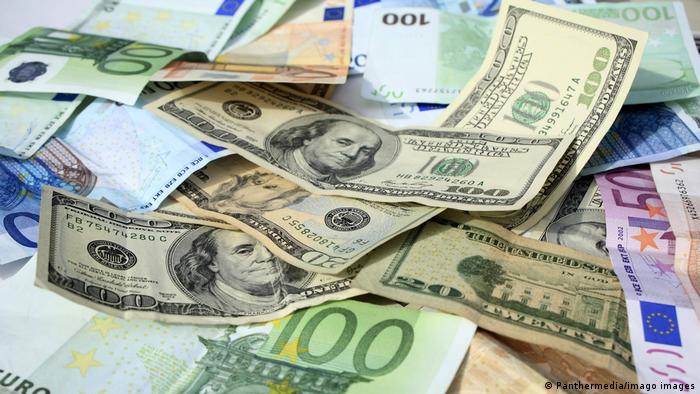
The eurozone's shared currency dropped to its lowest value against the dollar in two decades on Tuesday, as a new surge in European gas prices deepened fears of a recession.
Economic growth in the eurozone has floundered, with prices soaring amid the economic impact of the war in Ukraine.
How severe is the drop?
The euro fell by as much as 1.3% against the dollar to $1.0281 — its weakest rate since December 2002.
The dip is part of a longer-term trend, with the euro weakening 8% against the dollar this year. It brings the euro closer to dollar parity — something unseen since the euro's creation in 1999.
Euro-related currencies such as the Hungarian forint, Polish zloty and Romanian leu have also weakened considerably against the US currency.
Meanwhile, stocks indices in Frankfurt, London and Paris dropped more than 1% by late Tuesday morning amid worries of an economic downturn across Europe.
The euro selloff also saw the currency drop to its lowest against the Swiss franc since 2015, when the Swiss National Bank abandoned its currency cap. It also fell against the pound, despite sterling facing its own economic woes.
Other currencies, such as the Japanese yen and Australian dollar, are also struggling amid fears of a global recession and a soaring dollar, seen as a safe haven in times of insecurity.
The fall of the euro is linked to growing fears about the likelihood of a recession in the 19-nation eurozone.
Survey data has shown a slowing in business growth across the zone. Indicators suggest the region could slip into decline as the cost-of-living crisis tightens consumer demand.
According to survey data published on Tuesday from S&P Global's closely-followed monthly purchasing managers' index (PMI) — a marker of corporate confidence — dropped to 52.0 in June from 54.8 in May.